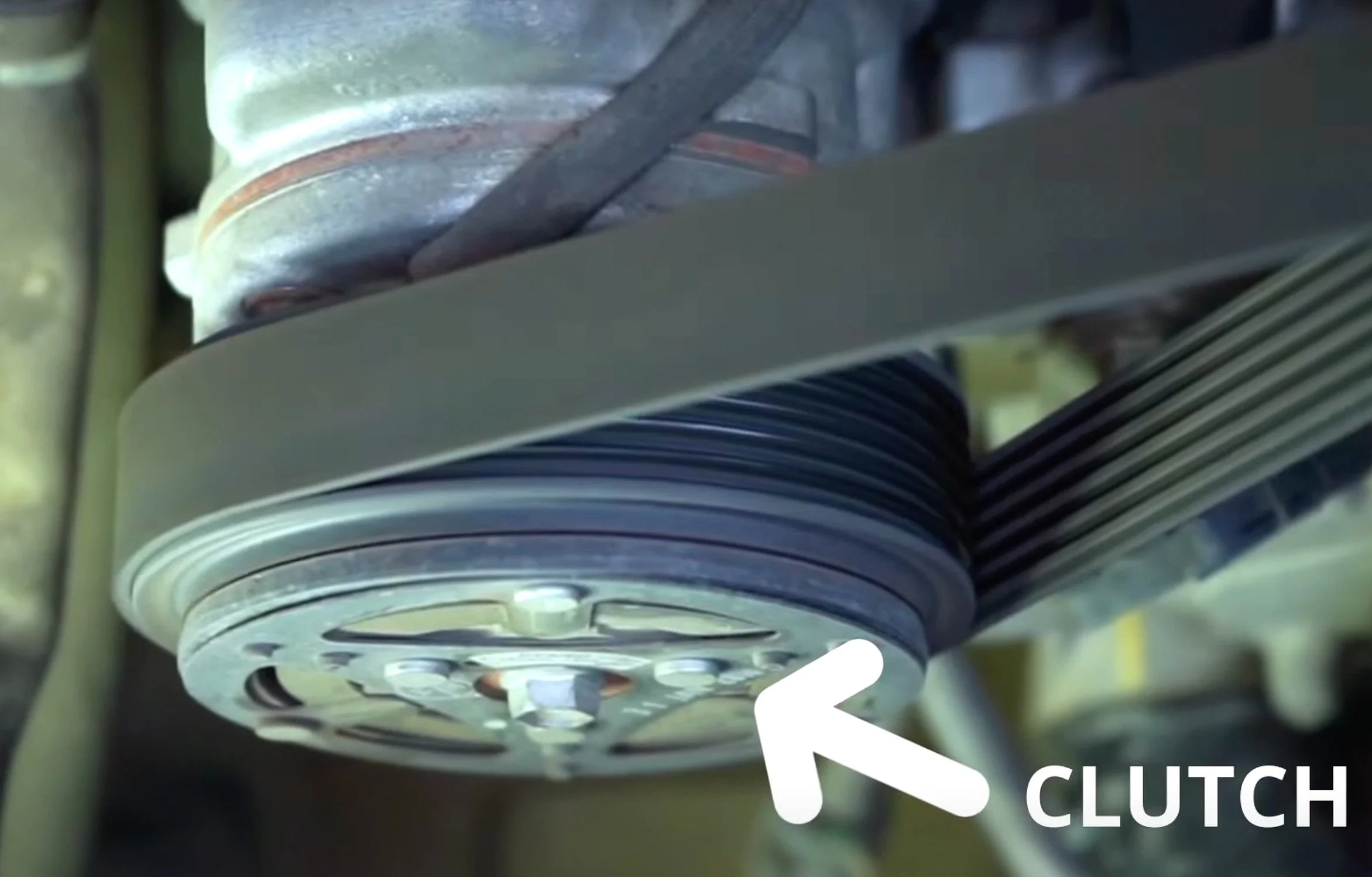4 SYMPTOMS OF A BAD AC PRESSURE SWITCH
purpose & location
The purpose of the AC pressure switch is to act as a safety mechanism. If it notices the refrigerant pressure getting too high or too low it will shut off the compressor to avoid damaging it.
The best way to locate the pressure switch is to follow the AC lines. The low-pressure switch will be on the larger line, while the high-pressure switch will be on the smaller line. The location can vary between cars. Here are some common locations of the AC pressure switch:
By the AC condenser
Receiver drier
Mounted on the ac compressor
On the firewall
On the AC lines
symptoms
engine light
The first symptom you could be experiencing with your car is an engine light. Here are some trouble codes that may show up that are related to a faulty AC pressure switch:
P0530
P0531
P0532
P0533
P0534
Ensure you can access your car's diagnostic codes by acquiring an OBD2 scanner here.
Compressor not turning on
The second symptom of a bad AC pressure switch is noticing the compressor not turning on. You'll notice the clutch not engaging at all. As mentioned earlier, the purpose of the pressure switch is to turn on and off the compressor. Therefore, if the AC pressure switch is malfunctioning, the clutch won’t engage, preventing the compressor from pumping refrigerant throughout the AC system.
AC blowing warm
Since the compressor isn’t turning on due to a defective switch, it will result in the AC blowing warm air. There won’t be any refrigerant being pumped throughout the ac system, resulting in no cool air coming out from the vents. It’s important to note that your car can blow warm air due to low refrigerant levels, so it’s good to check on that, as well. Here is an excellent recharge kit.
AC working inconsistently
The fourth symptom is the AC not working consistently. A good working compressor will cycle on and off to maintain the temperature it was set for. If the pressure switch in your car starts to go bad, you'll notice the AC switching on and off more frequently without reaching the desired temperature.
Check out my YouTube video!
Disclaimer: Some links in this article may be affiliate links.






